Sand Wasp Bembix capensis (Lepeletier, 1845)
Family: Crabronidae Subfamily: Bembicinae
Tribe: Bembicini Subtribe: Bembicina
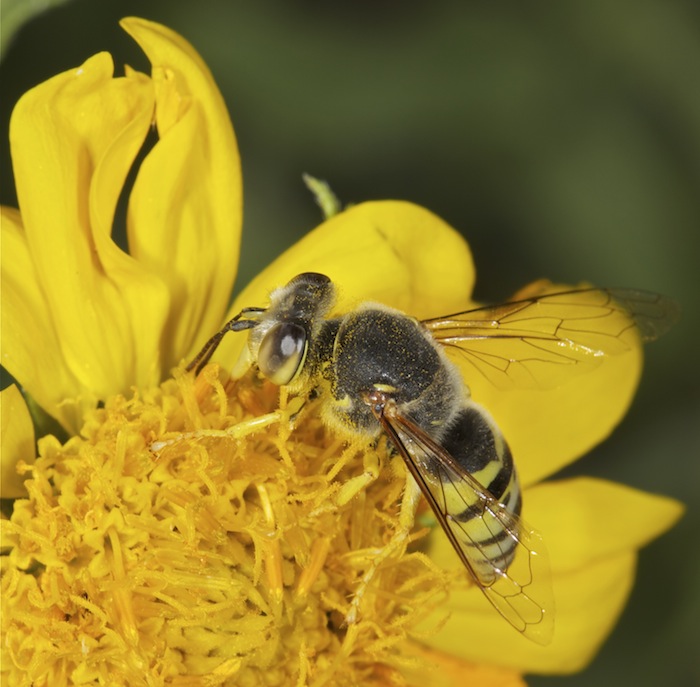
Kgalagadi TP, Twee Rivieren Camp
by ExF
Subfamily Bembicinae
The subfamily Bembicinae, commonly known as sand wasps, is currently (Pulawski 2010) constituted of 79 genera divided between three tribes, Alyssontini, Bembicini and Nyssonini. Of these genera, 18 are represented in the Afrotropical Region.
Tribe Bembicini
The tribe Bembicini sensu Pulawski (2010), is constituted of 62 genera divided into six subtribes Bembicina, Exeirina, Gorytina, Handlirschiina, Heliocausina and Stizina, all but two (Exeirina and Heliocausina) being represented in the Afrotropical Region.
Subtribe Bembicina
Of the 17 genera listed for Bembicina, all but
Bembix are strictly New World genera.
Bembix is, by contrast, cosmopolitan and is well represented in the Afrotropical Region including southern Africa.
Genus Bembix (Fabricius)
Bembix, with 346 species recognised (Pulawski 2010), is by far the most species rich of the Bembicinae. It is most diverse in the Afrotropical and Australian Regions, however, only about 43 species have been recorded from southern Africa.
Biology: All species of
Bembix for which nesting has been described excavate multicellular sloping burrows in friable soil. They typically prey on flies of various families, and hunt their prey on the wing. They tend to find a good source of flies, often decaying organic matter such as feces and corpses, but also flowers, and return to it repeatedly. The prey is held ventral side up, close beneath the wasp by the middle pair of legs when she is in flight. On nearing the nest, the wasp moves the fly back so that her approach to the nest is very ‘tail heavy’. She alights at the concealed nest entrance and immediately clears the sand with her forelegs whilst standing on her hind legs and continuing to hold the prey with her middle legs. Opening of the nest and entry into it are rapid so that little opportunity is given to the satellite flies for larviposition. Most
Bembix lay the egg on one of the prey, usually the first prey to be placed in the cell, however, oviposition before the start of provisioning has been recorded for some extra-territorial species. Furthermore, most species of
Bembix are progressive provisioners, that is, the larva is provided with fresh prey throughout its development. Typically there is only one female per nest.
Bembix capensis (Lepeletier, 1845)
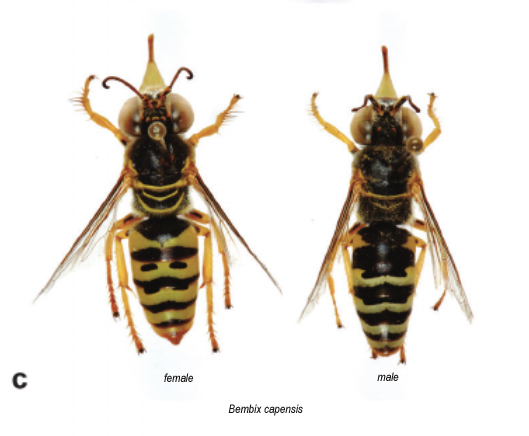
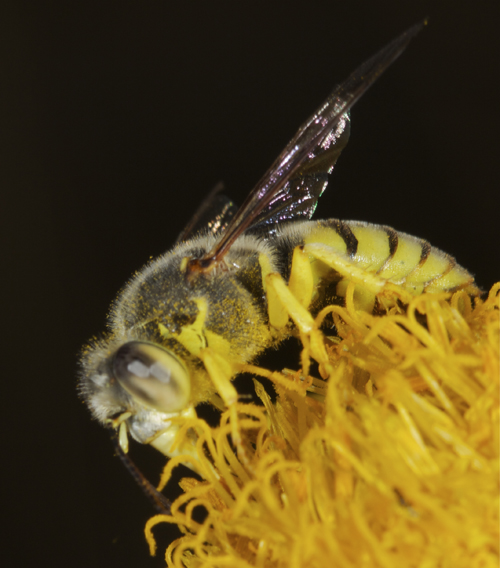
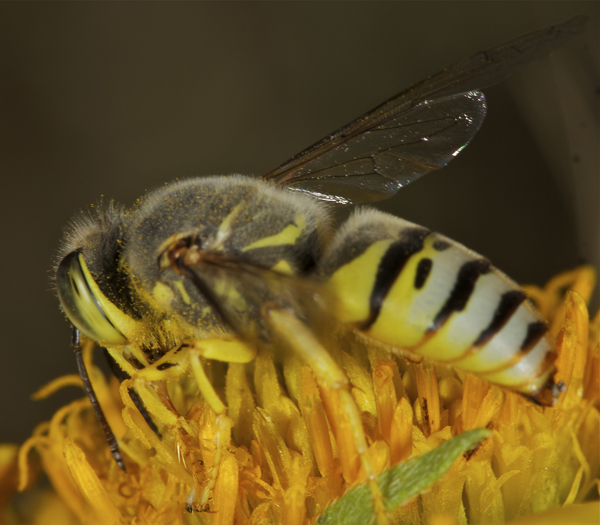
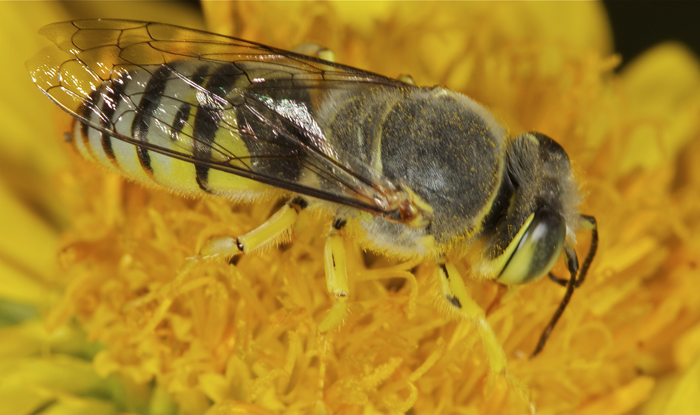
Kgalagadi TP, Twee Rivieren Camp
by ExF
Distribution
A widespread species from Egypt southwards to the south coast of South Africa
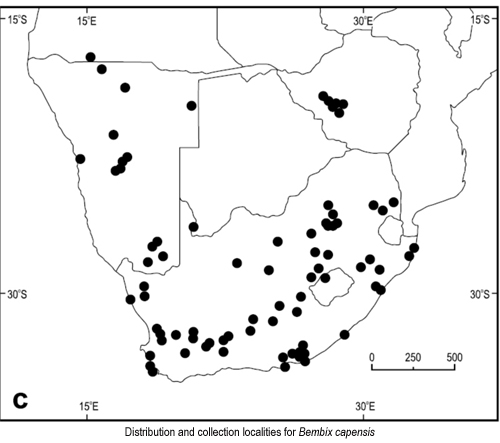 Flower associations:
Flower associations: Recorded from seven plant families: Asteraceae (
Geigeria sp. and
Athanasia trifurcata ); Aizoaceae (
Mesembryanthema, Psilocaulon salicornioides); Amaranthaceae (
Hermstaedtia sp.); Apiaceae (
Deverra aphylla ); Fabaceae (Mimosoideae,
Acacia karroo ); Boraginaceae (
Anchusa capensis ); Apocynaceae (formerly Asclepiadaceae,
Gomphocarpus filiformis)
Nesting: Unknown
Prey: Recorded taking six families of Diptera: Sarcophagidae, Tabanidae, Glossinidae, Calliphoridae, and Tachinidae.
Geographical distributions of Bembix (Hymenoptera, Crabronidae, Bembicinae) in southern Africa, with notes on biology
https://jhr.pensoft.net/articles.php?id=1653/
https://www.sanbi.org/sites/default/fil ... ies-24.pdf
https://www.ajol.info/index.php/ejnh/ar ... 0967/59935
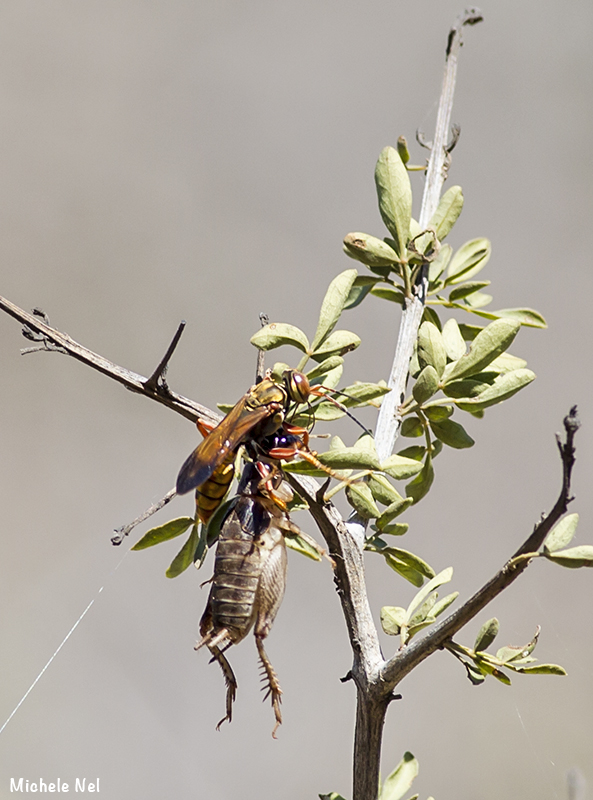 © Michele Nel
© Michele Nel


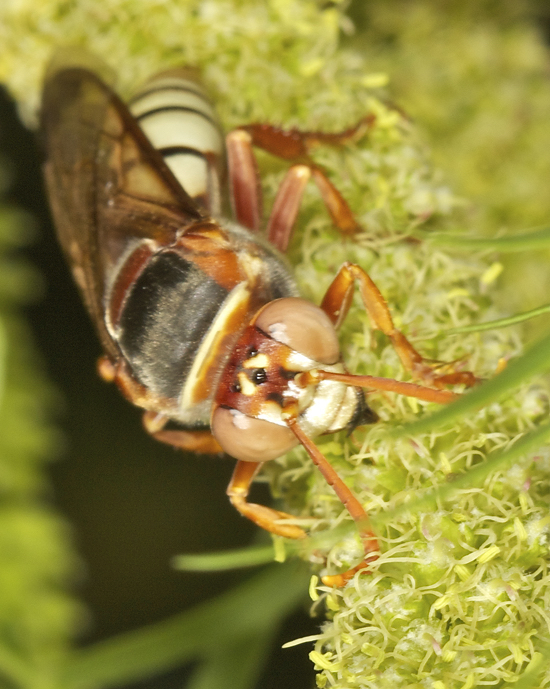
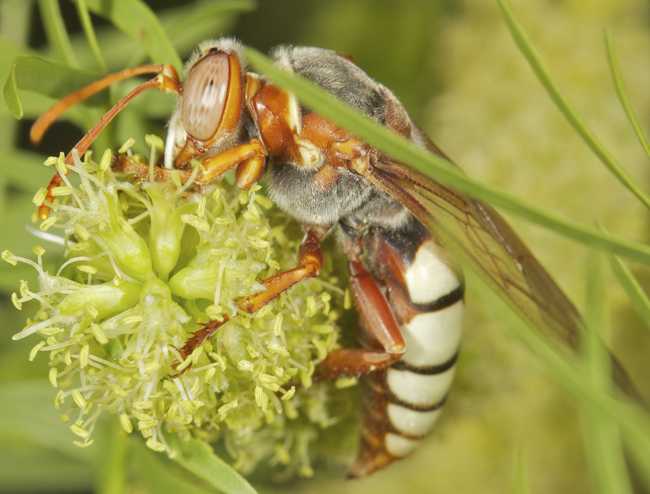
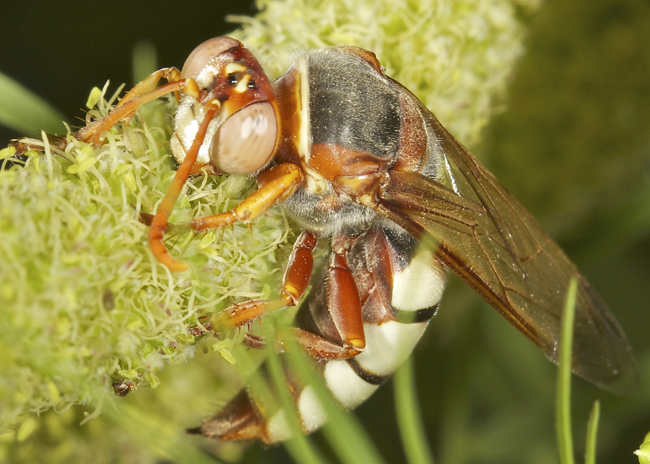
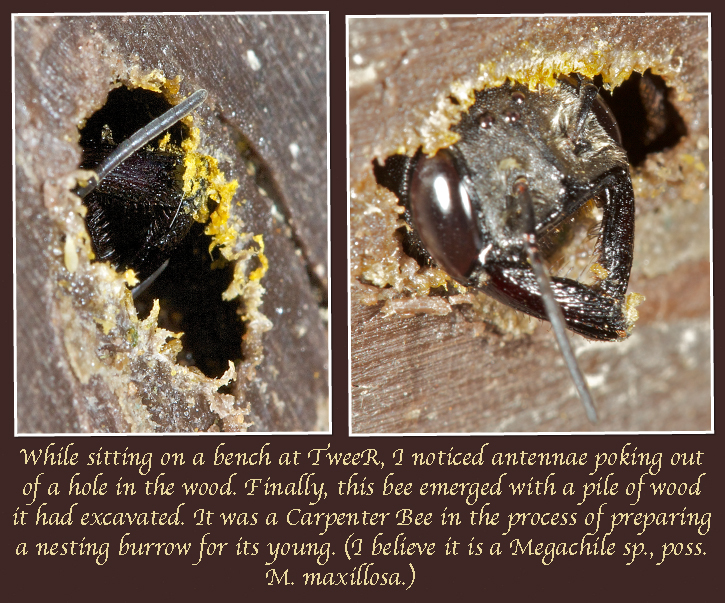 © ExFmem
© ExFmem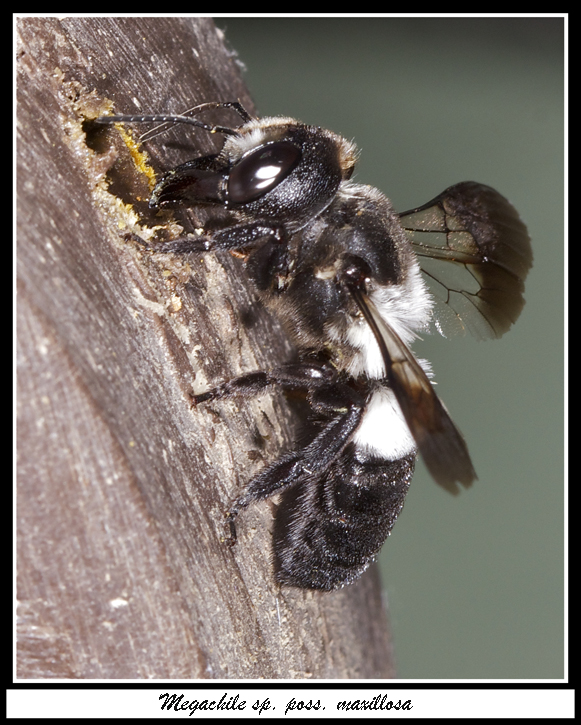 © ExFmem
© ExFmem





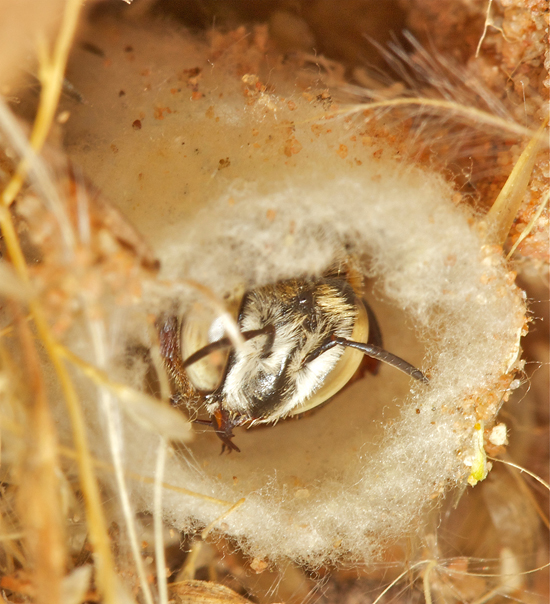
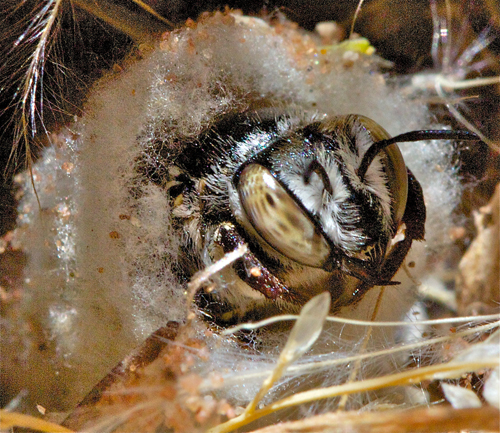
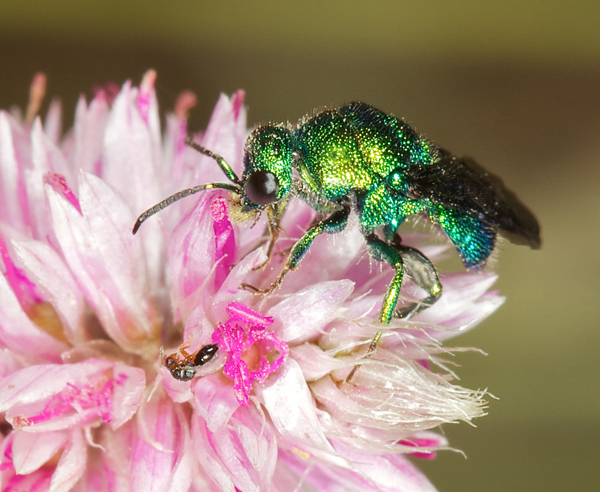
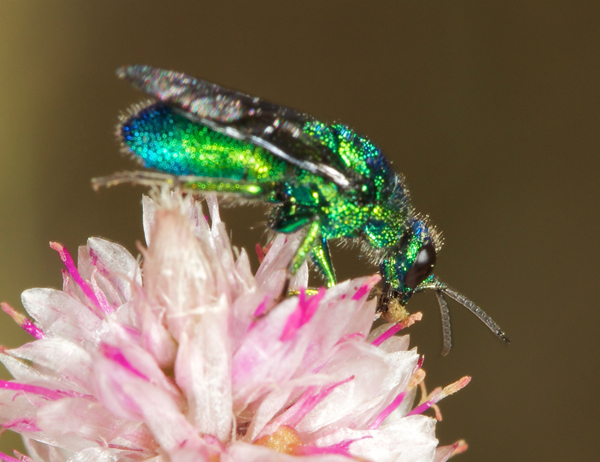
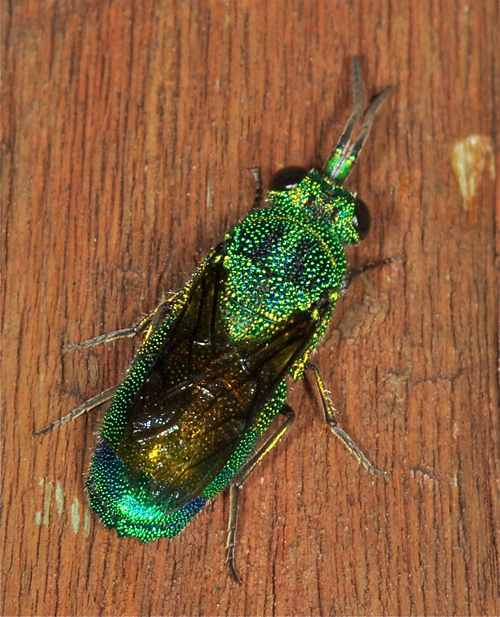
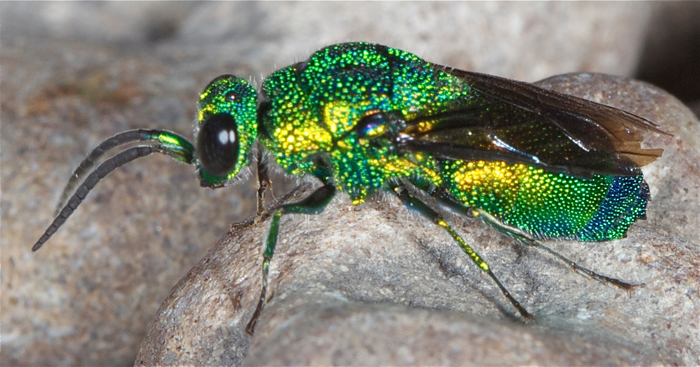
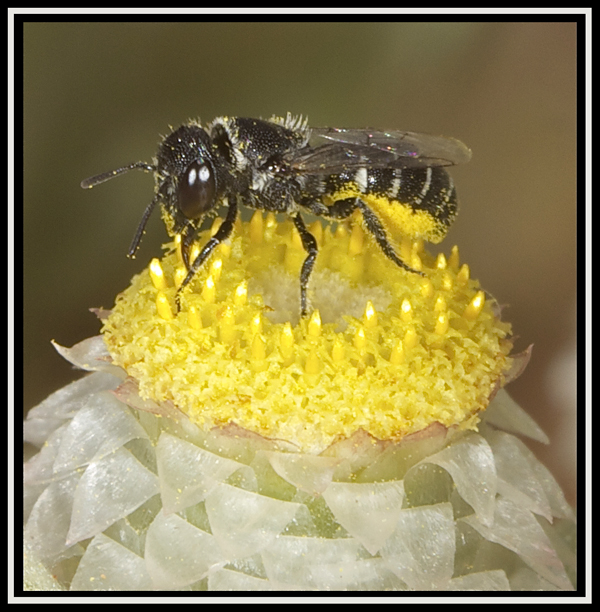 © ExFmem
© ExFmem